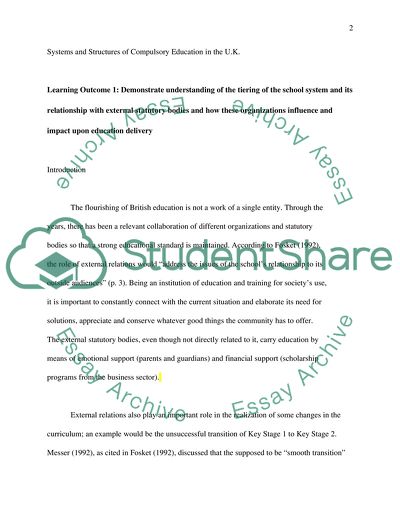Cite this document
(“Systems and Structures of Compulsory Education in the U.K Assignment - 1”, n.d.)
Systems and Structures of Compulsory Education in the U.K Assignment - 1. Retrieved from https://studentshare.org/education/1747763-systems-and-structure-of-compulsory-education-in-the-uk
Systems and Structures of Compulsory Education in the U.K Assignment - 1. Retrieved from https://studentshare.org/education/1747763-systems-and-structure-of-compulsory-education-in-the-uk
(Systems and Structures of Compulsory Education in the U.K Assignment - 1)
Systems and Structures of Compulsory Education in the U.K Assignment - 1. https://studentshare.org/education/1747763-systems-and-structure-of-compulsory-education-in-the-uk.
Systems and Structures of Compulsory Education in the U.K Assignment - 1. https://studentshare.org/education/1747763-systems-and-structure-of-compulsory-education-in-the-uk.
“Systems and Structures of Compulsory Education in the U.K Assignment - 1”, n.d. https://studentshare.org/education/1747763-systems-and-structure-of-compulsory-education-in-the-uk.


